What is gin all about? What you need to know about how it's made
What is gin? What are we talking about when we're talking about the essential juniper spirit?
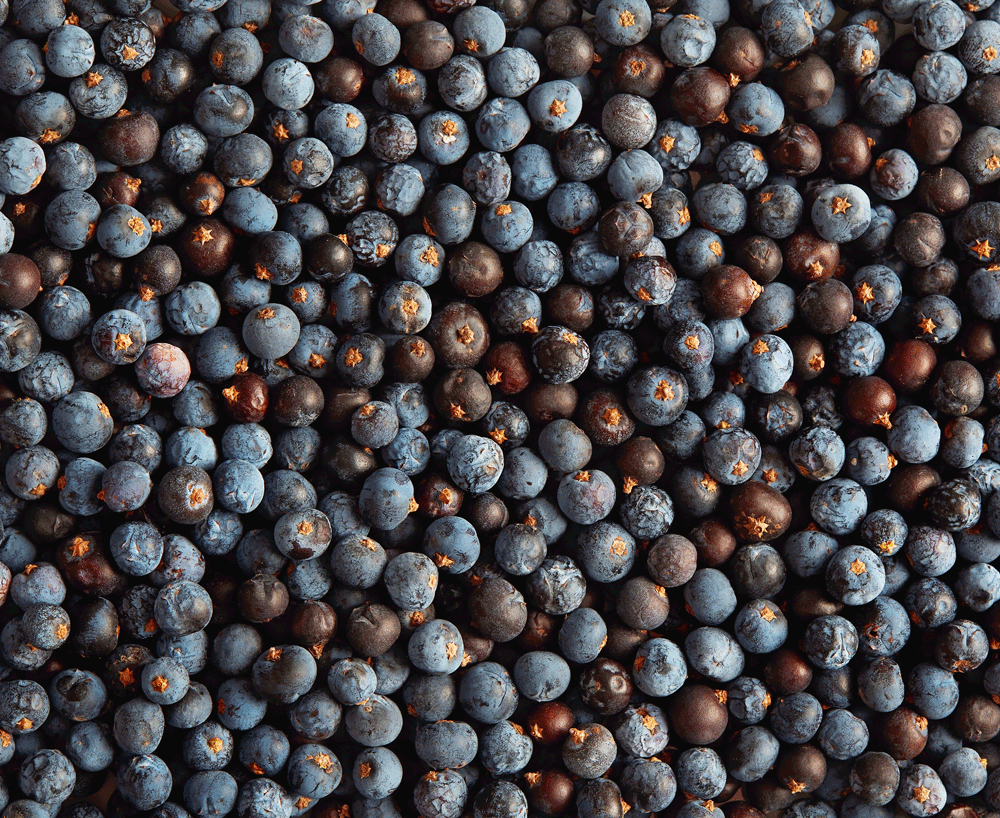
What do we mean when we talk about gin? Put quite simply, gin is a spirit whose dominant flavour comes from juniper berries, but with other botanicals in the mix. It has a piney, often citrusy, and sometimes floral aromas, and tastes great with tonic water. Gin is the backbone of many classic cocktails, and gin is the spirit that makes the Martini the near-religious experience it is.
But what is gin when you get down to it? Here, we look at how it is made, the different styles of gin, and the classic gin botanicals.
Legal definition of gin
There is a legal, regulatory definition of what gin should be. The European Union’s rules define gin under three categories: Gin, Distilled Gin, and London Gin.
Gin is the broadest definition available. The minimum ABV for this category is 37.5 percent, and it allows for “Only natural and/or nature-identical flavouring substances” to create the predominant taste of juniper. These gins are typically of the cheaper, not particularly great variety. There are no guidelines on the addition of sugar to the final product.
Distilled gin is a step up, and described as “a juniper-flavoured spirit drink” made by redistilling ethyl alcohol of agricultural origin of an ABV of at least 96 percent “in the presence of juniper berries” and other botanicals.
Distilled gin may be watered down to bottling strength after it is made, to a minimum of 37.5 percent alcohol.
London Gin is the strictest of the classifications according to EU rules. It is a type of distilled gin, which uses ethyl alcohol of agricultural origin of at least 96% ABV which goes through a redistillation in the presence of juniper and other botanicals. It permits a maximum of 0.1g of sugar per litre, and must be bottled at 37.5 percent alcohol or above.
Put simply: London Gin has next to no sugar added, its flavour coming from the botanicals that are distilled together, the most prominent of which is juniper. And you can’t add anything to it after distillation, such as colouring or other ingredients.
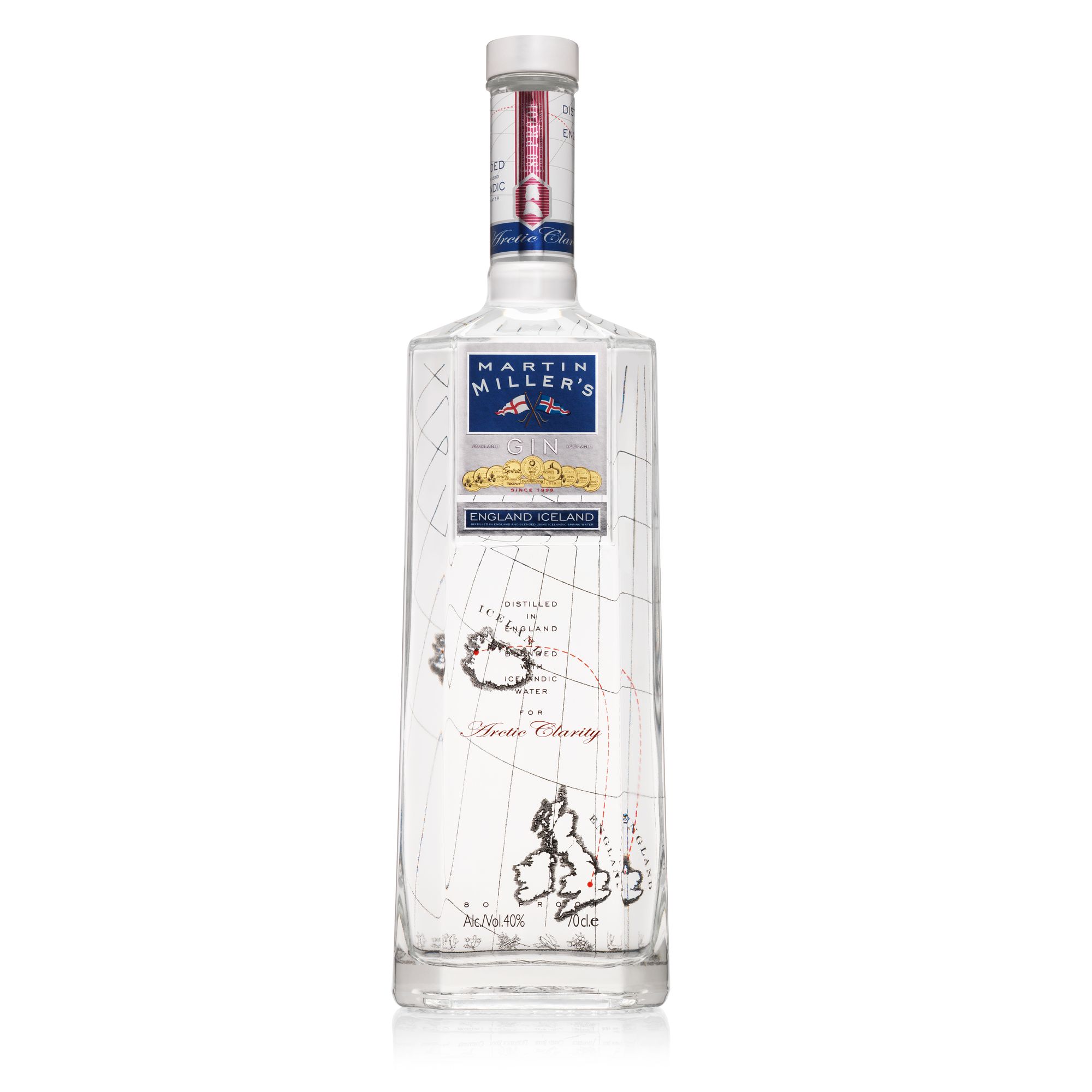
Styles of gin
London Dry Gin: London Dry Gin is the typical style of gin most people think of when they think about gin, exemplified by longstanding brands like Gordon’s and Beefeater. If the bottle has the designation of London Dry Gin on the label, it meets the EU designation of that style, and will usually feature juniper quite prominently.
New Western or New Wave gin: The 2000s saw a boom in the production of gin. Whilst many of these new gins would also take on the classic London dry flavour profile, a lot of experimentation began to take place. Gins were being made in small batches in the US, the UK, Australia, Europe — everywhere. And in each new place they popped up, they would often add botanicals that were anything but traditional. At their best, they represent a new wave style of gin championing local botanicals; at their worst, they forget that juniper should be the hero botanical of the spirit. And when they’re like that, they’re not gin — they’ve made flavoured vodka.
Old Tom: Old Tom gin was a popular — perhaps the most popular — sweeter style of gin back in the 1800s, when many classic cocktails were born.
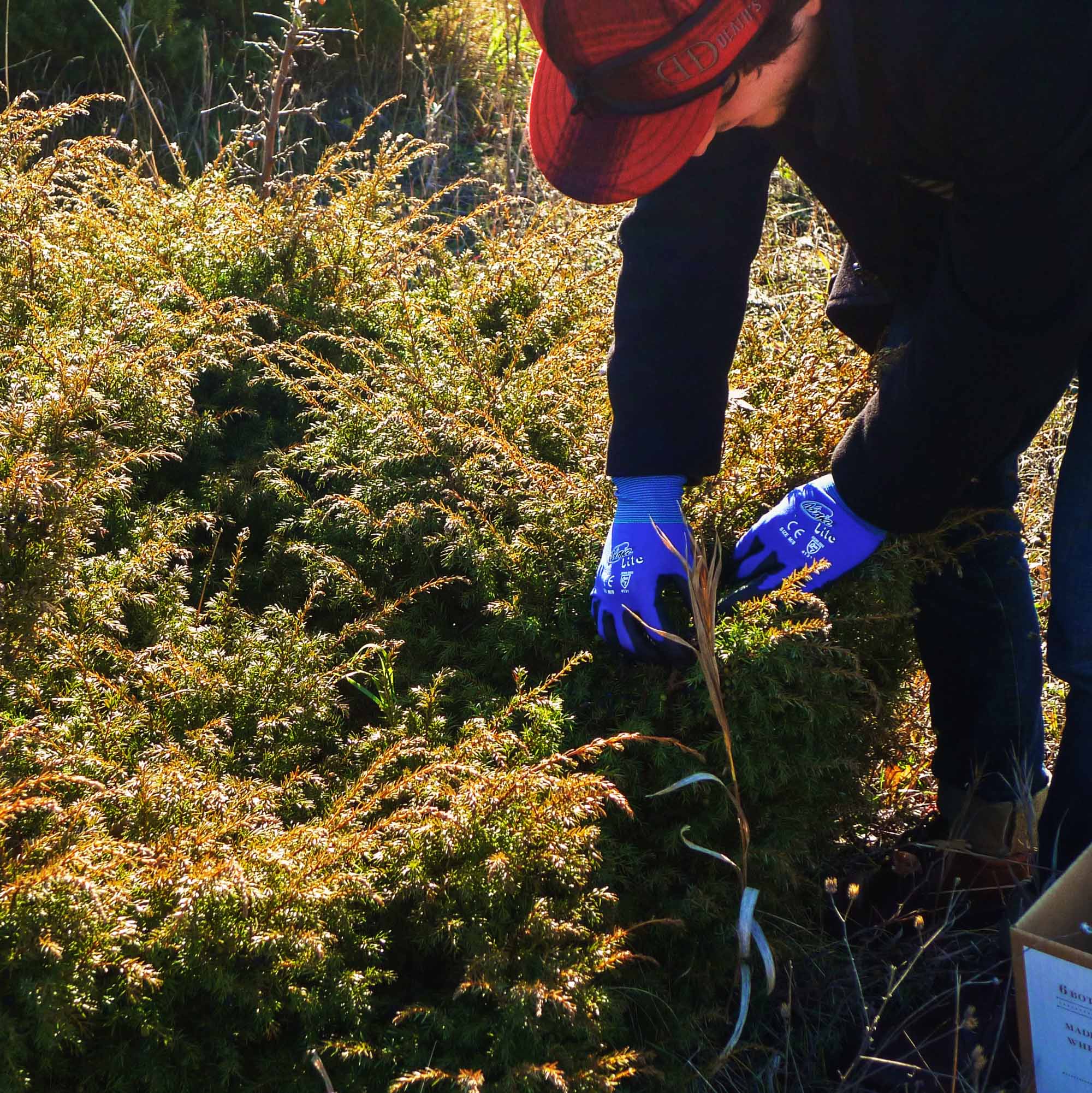
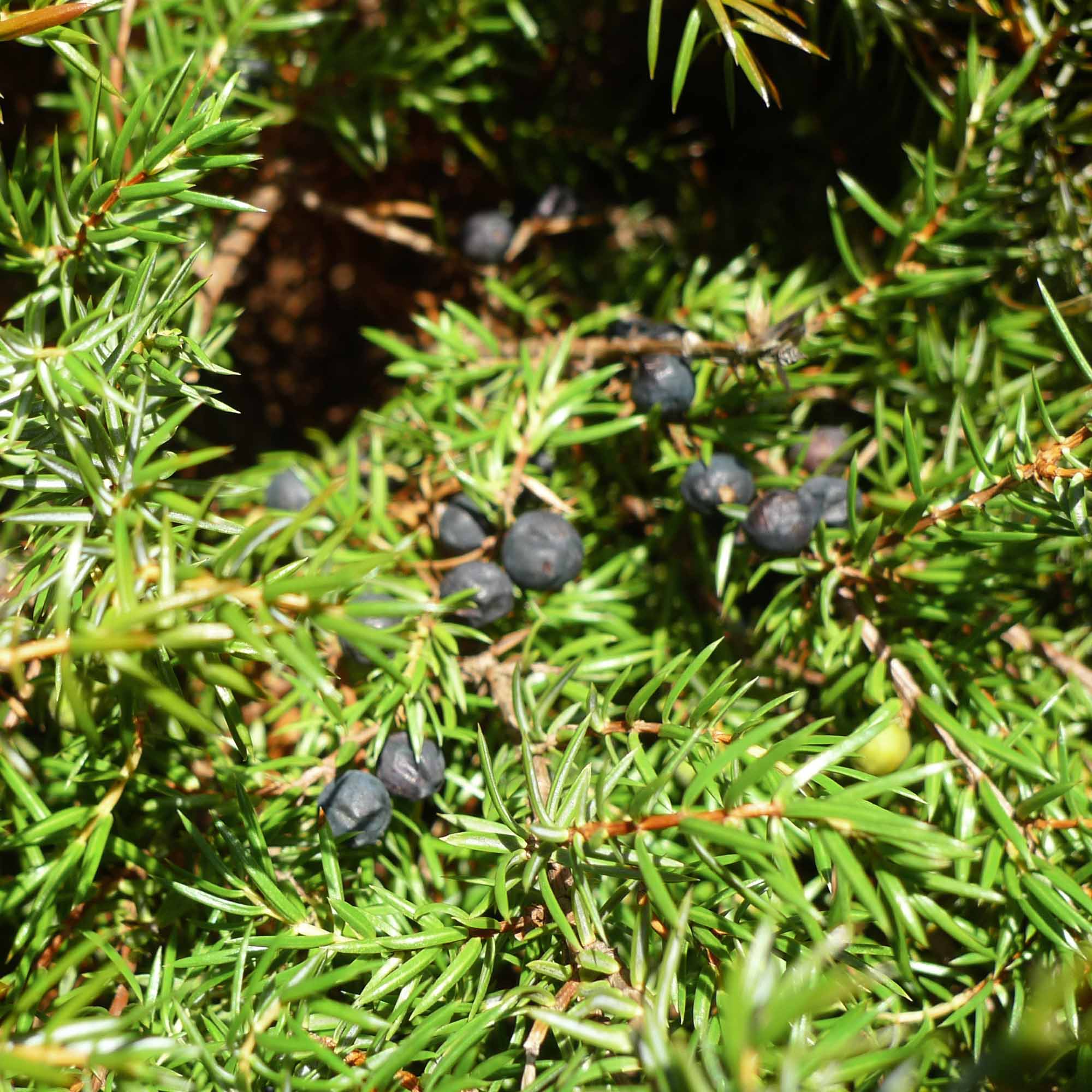
How is gin made?
London dry gin is typically made through two methods, though in practice there is often a combination of the methods used. The first method is that of maceration: the botanicals for the gin are placed inside a still along with neutral spirit that is at least 96 percent alcohol.
The second method is called vapour infusion: instead of the botanicals sitting in the still and being boiled with the liquid, they are put into a basket at the top of the still. As the spirit in the still is heated, the steam rises up and through the basket, extracting flavour from the botanicals.
In reality, some botanicals — hard ingredients like roots and juniper berries — tend to benefit from the maceration method, whereas delicate botanicals such as fresh citrus and lemongrass, benefit from vapour infusion.
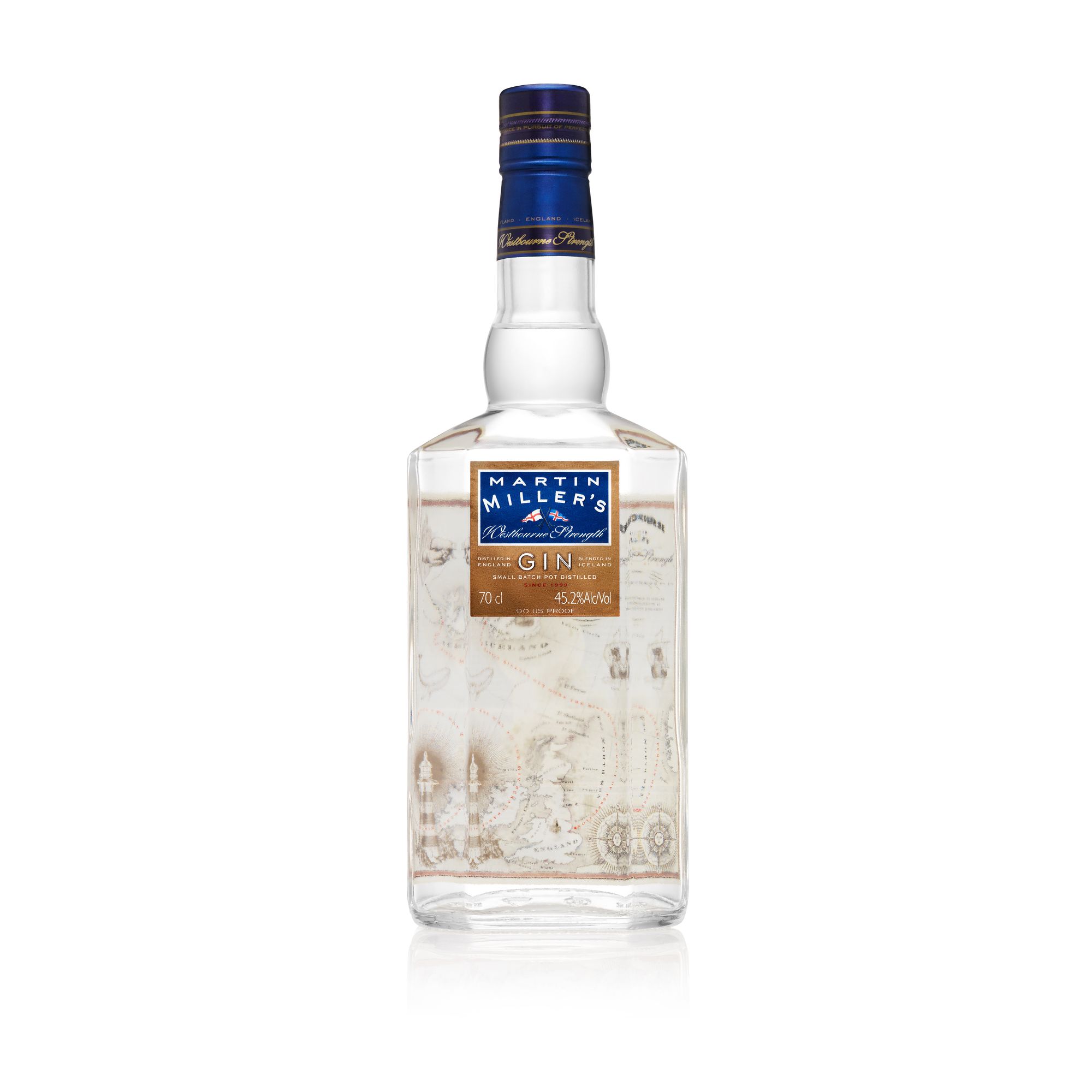
Classic gin botanicals, and what they contribute to the gin
Juniper: the botanical without which gin ain’t gin. Juniper berries are not, in fact, actual berries, but instead they are cones. They offer up piney, resiny, citrusy and woody aromas to the gin.
Coriander and fennel seeds: these seeds often contribute a citrusy, lemony character to the final spirit.
Citrus peels: dried orange peel is a common botanical in the classic London dry recipe, as is lemon peel.
Orris root: that floral character you find in many gins? It’s not always from flowers, but instead from the use of orris root (flowers often being far too delicate for the heat of the still).
Angelica root: contributes an earthy base character, as well as some perceived sweetness to the texture and taste of the gin (also, see liquorice root for the same use).
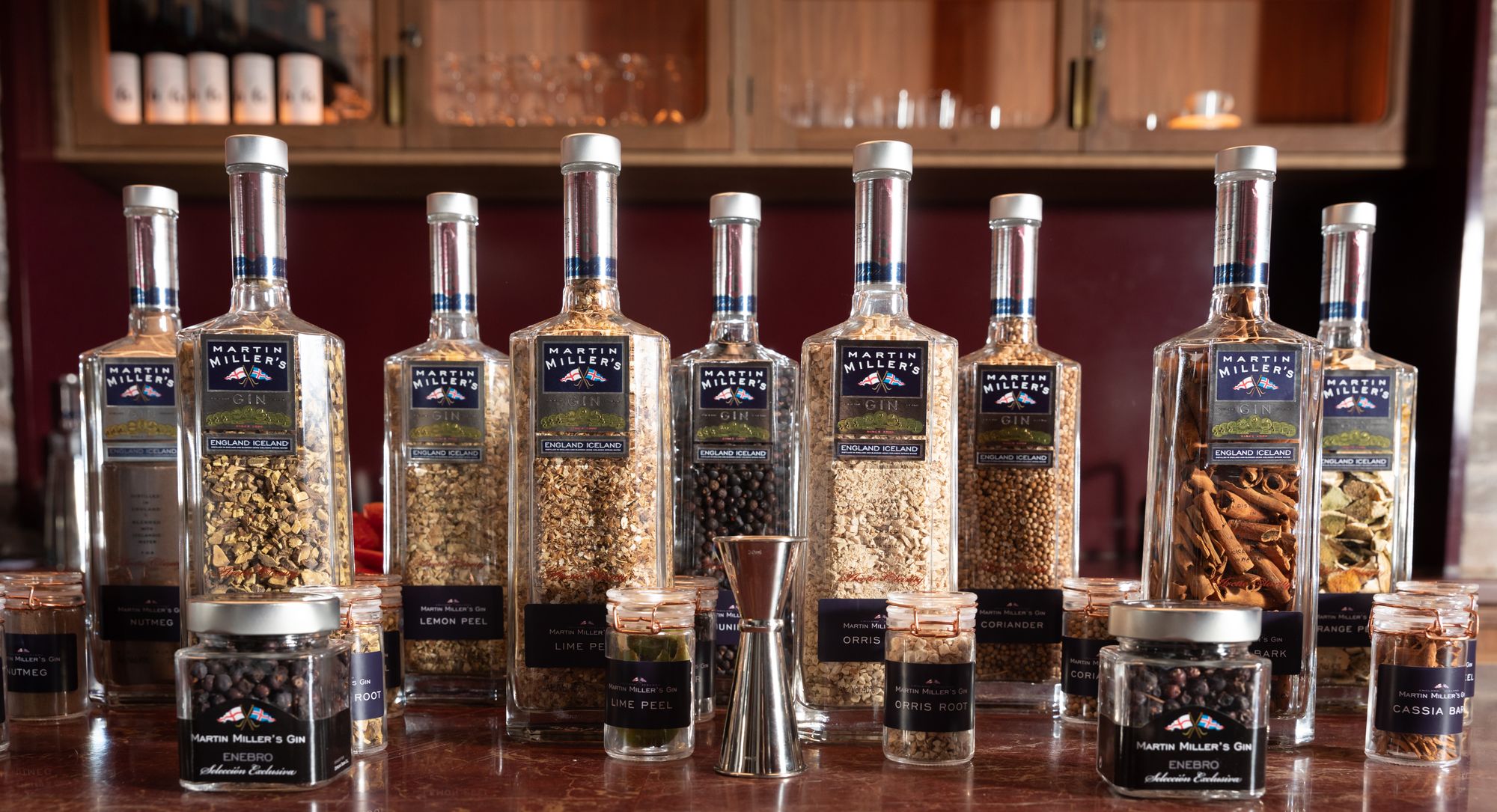
Want to learn more?
This explainer was made possible by Spirits Platform’s Spirits Academy. Their team of ambassadors conduct trainings around the country, not just on gin — though they cover everything you need to know there —but on a range of spirits.
Get in touch with your Spirits Platform ambassador for your state to find out more.
National Ambassador Manager: Mark Hickey — email him on mhickey@spiritsplatform.com.au
National Ambassador (Tia Maria, Disaronno, Busker): Danilo Migliorini — email him on dmigliorini@spiritsplatform.com.au
NSW, ACT: Josh O’Brien — email him on jobrien@spiritsplatform.com.au
NSW, ACT: James Woodyear-Smith — email him on jameswoodyearsmith@gmail.com
QLD, NT: Jack Creighton — email him on jcreighton@spiritsplatform.com.au
VIC, TAS: Max Borrowman — email him on mborrowman@spiritsplatform.com.au
